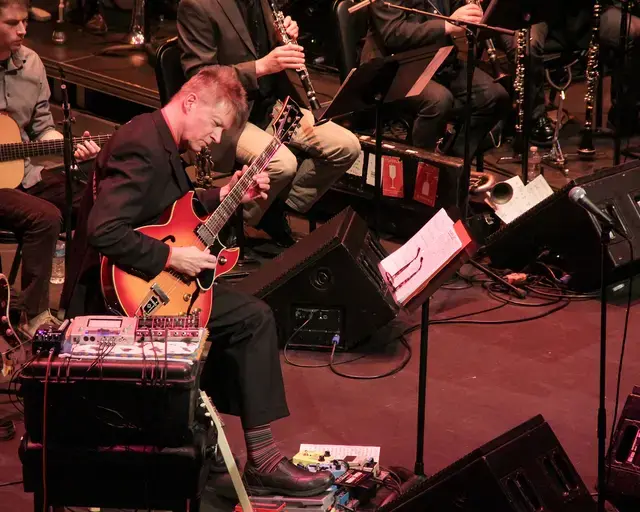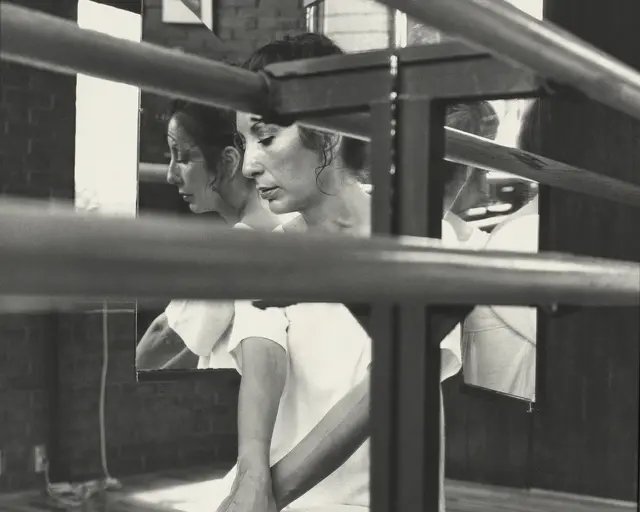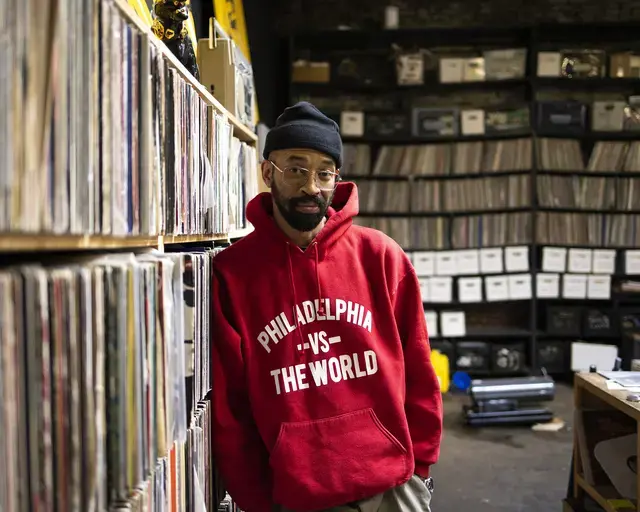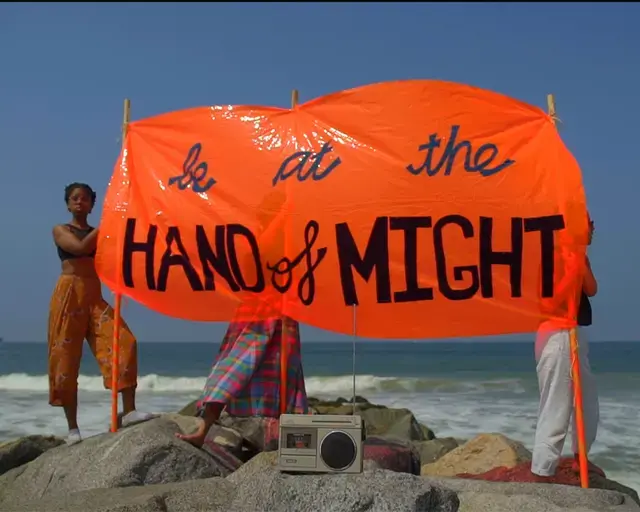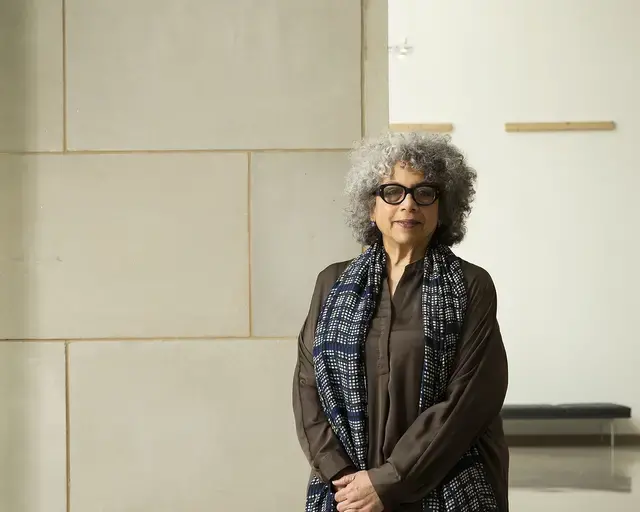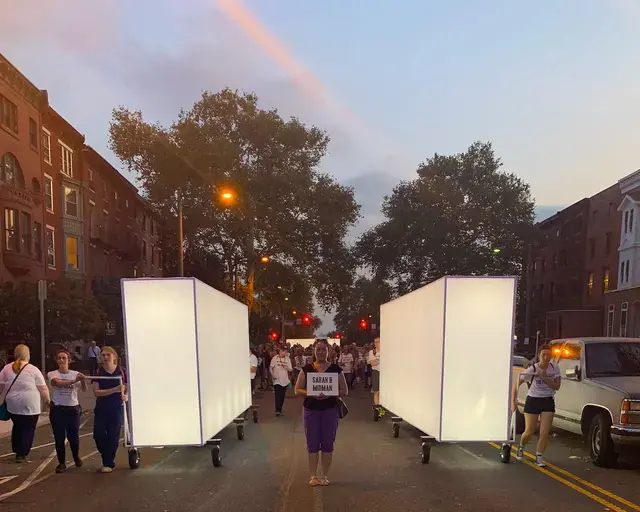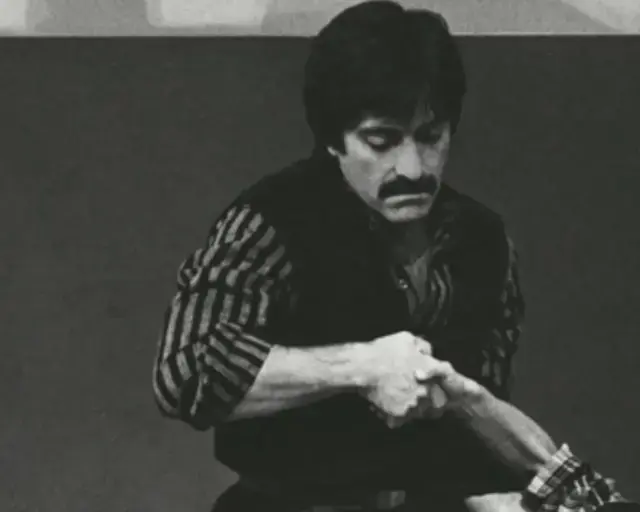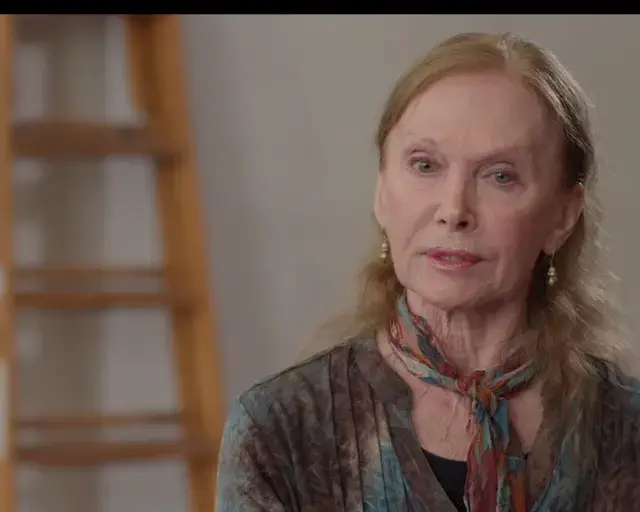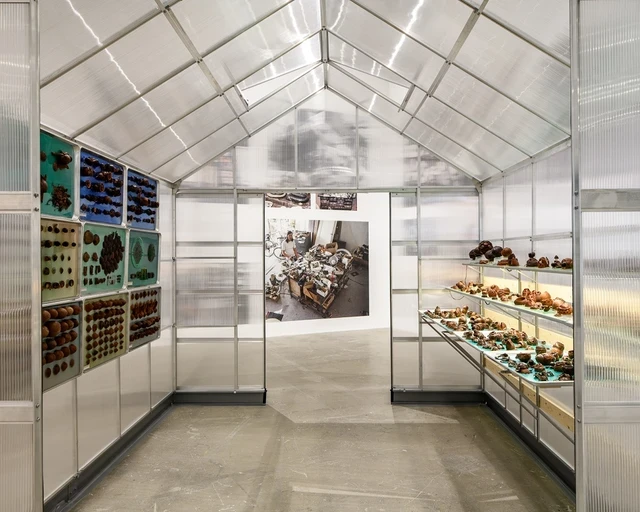
Artist Carl Cheng on the Nature of Being Contemporary
Our Questions of Practice series has often focused on the query: “Who gets to be a contemporary artist? When? And why?” As Carl Cheng has his first major museum survey show at the age of 82, we approached the artist to ask how he sees his six-decade career today.
